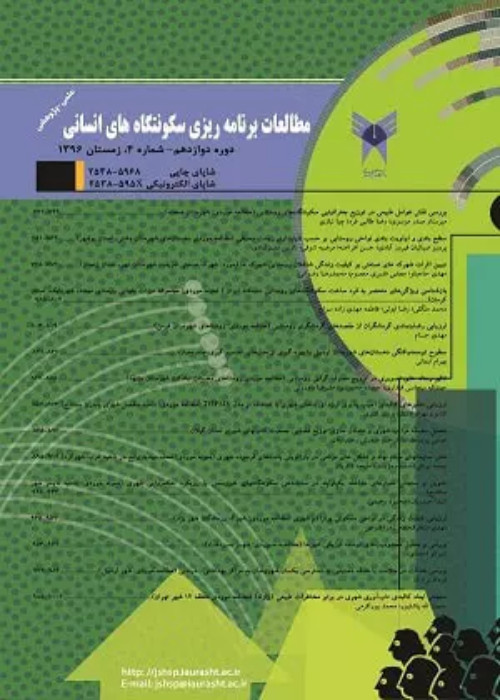Evaluation of Effective Factors in Environmental Security of Traditional Neighborhoods from the Perspective of users with the CPTED Approach (Case Study: Faizabad Neighborhood of Kermanshah City)
Preventing crime and establishing security through environmental design in human settlements has always been of great importance throughout history.
The basis of this research is based on the inference and extraction of environmental design indicators and factors that have played an effective role in establishing security in the past neighborhoods, which deals with the application of these factors and experiences in establishing environmental security in new settlements.
The present research has been used descriptive-analytical method to infer and evaluate environmental security indicators in neighborhoods and traditional settlements. Then, by using the questionnaire tool (360 numbers) and analyzing it through SPSS software, through t-test and factor analysis, the data has been deduced and analyzed. Also, in order to analyze the role of spatial links in establishing security, Depth Map software has been used, as well as comparative tests and correlation matrix coefficients to check the relationship between the components of the variables.
Studied Areas:
The sample under study is one of the most important traditional and luxury neighborhoods of Kermanshah, named Faiz Abad neighborhood. This neighborhood is one of the old neighborhoods that was formed around the historical center of the city and dates back to more than a hundred years ago.
The findings of the research show that the most important environmental design factors affecting the improvement of security in human settlements in traditional localities are: functional, physical quality and the amount of spatial links in these types of tissues, which pay attention to the physical and functional diversity in Urban neighborhoods play a greater role in the security of urban neighborhoods.
The results of the research show that among the indicators of physical-functional factors, the mixed use of spaces with mixed uses and entrances to the fabric of neighborhoods, and among the indicators of spatial connection factors, tissue ossification and density in the tissue have the highest priority over others. The indicators in environmental security are from the perspective of residents in this neighborhood.
- حق عضویت دریافتی صرف حمایت از نشریات عضو و نگهداری، تکمیل و توسعه مگیران میشود.
- پرداخت حق اشتراک و دانلود مقالات اجازه بازنشر آن در سایر رسانههای چاپی و دیجیتال را به کاربر نمیدهد.



